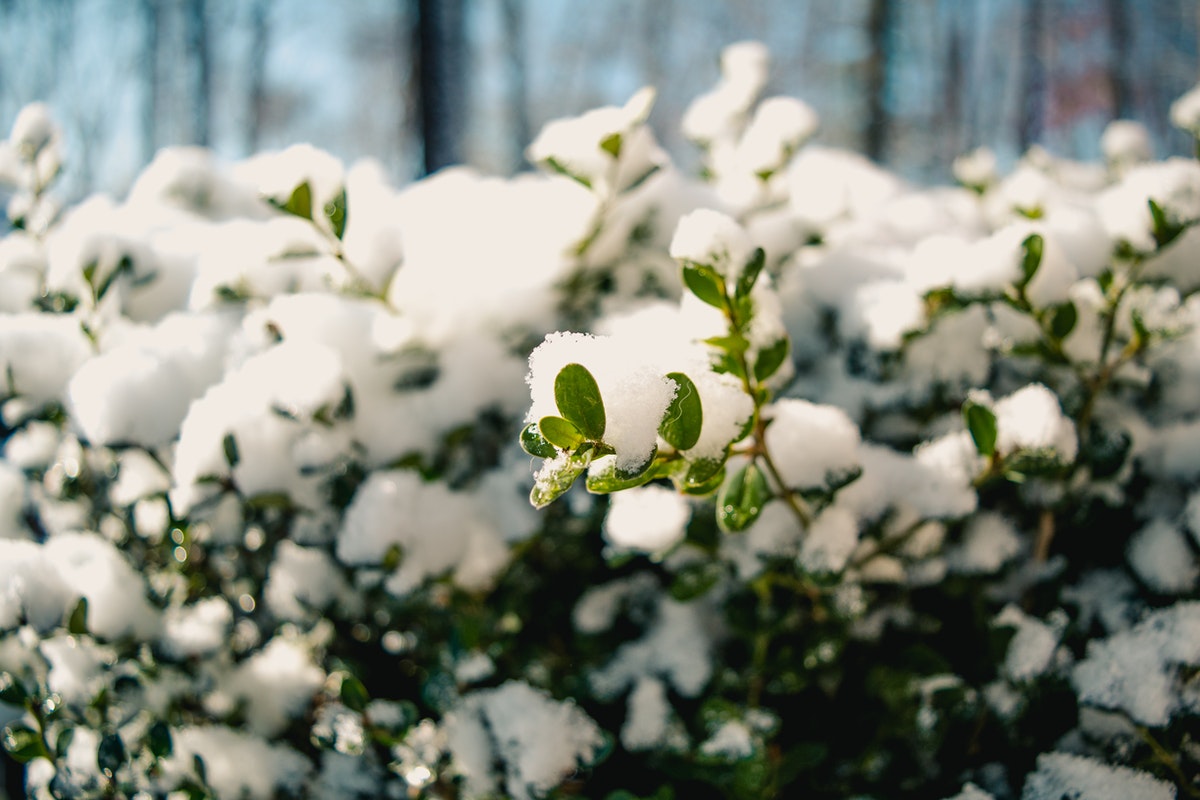Parks, Plants, and Peace
“Landscapes move us in a manner more analogous to the action of music than to anything else....
Read Moreby Cynthia Brian | Nov 28, 2022 | Empowerment | 0 |
“Landscapes move us in a manner more analogous to the action of music than to anything else....
Read Moreby VoiceAmerica | Apr 15, 2022 | Empowerment | 0 |
“Spring is the time of plans and projects.” Leo Tolstoy, Anna Karenina No matter how many...
Read Moreby VoiceAmerica | Nov 22, 2021 | Health & Wellness | 0 |
One of the most common winter gardening questions that people ask is whether significant...
Read Moreby VoiceAmerica | Oct 14, 2020 | Empowerment | 0 |
Digging Deep with Goddess Gardener, Cynthia Brian Sheltering with Mother Nature “Too blessed...
Read Moreby VoiceAmerica | Sep 30, 2020 | Empowerment | 0 |
“Farming looks mighty easy when your plow is a pencil, and you’re a thousand miles from a...
Read Moreby VoiceAmerica | Sep 16, 2020 | Empowerment | 0 |
“Truth comes out in wine.” Pliny the Elder “The people who give you their food give you their...
Read Moreby VoiceAmerica | Sep 2, 2020 | Empowerment | 0 |
“When the ancients first observed Sirius emerging as it were from the sun…they believed its power...
Read Moreby VoiceAmerica | Aug 19, 2020 | Empowerment | 0 |
Digging Deep with Cynthia Brian, the Goddess Gardener, for August The Dog Days of Summer By...
Read Moreby VoiceAmerica | Aug 5, 2020 | Empowerment | 0 |
Some Like it Hot! By Cynthia Brian “Summer afternoon — summer afternoon; the two most...
Read Moreby VoiceAmerica | Nov 7, 2017 | Empowerment | 0 |
Thanksgiving comes only once a year yet gratitude needs to be a way of living daily. With the...
Read Moreby VoiceAmerica | Oct 12, 2017 | Empowerment | 0 |
From the vineyards of Temecula in Southern California to the coastline towns on the Oregon coast,...
Read Moreby VoiceAmerica | Aug 14, 2015 | Empowerment | 0 |
âI value my garden more for being full of blackbirds than of cherries, and very frankly give...
Read More












